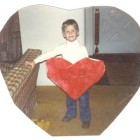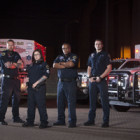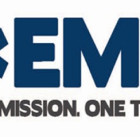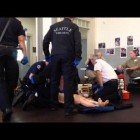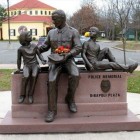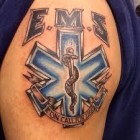
Feb 25, 2015
Friday afternoon I got a text from a friend of mine pointing me towards a debate that had broken out on an EMS related Facebook page about the perception of tattoos and their impact on professionalism. A lot of this has been spurred along by the beautiful artwork that Holly Monteleone displays on her arm in A&E’s new show Nightwatch. Tattoos say nothing about a paramedic’s ability to care for a patient. Thinking otherwise is a debate that I will not even entertain. The perception that some int he general public might have when they see your tats though is another thing all together. While I do not have any tattoos nor do I plan on even getting one, a number of my friends have them. The vast majority of them are pretty cool to look at. There is a story behind each and every one of them and to that specific person, their selected piece of body art means a lot to them and I respect that. On the flip side of that coin though, we are often asked to define what professionalism is, and really for the most part it varies greatly depending on the community one serves. What might be accepted by some might be shunned by others. This rings true for body art. One of my favorite tattoos stories involves a good friend and coworker of mine who I was on a run with for an elderly female with COPD. Sitting by her door, and throughout her apartment she had a number of Buddha statues. We started our patient on her nebulizer treatment and my partner said “Nice statues! I have a Buddha tattoo on my belly!” My sly, slick COPD patient looked at him and said “I don’t believe you.” Not one for backing down from a challenge, my partner pulled his shirt up displaying his full belly tattoo with his belly button matching up with Buddha’s and said “Look!” The three of us shared a good laugh, and it was a constant topic of conversation for the remainder of the call. I understand tattoos as a form of expression. As a former supervisor I can also see...

